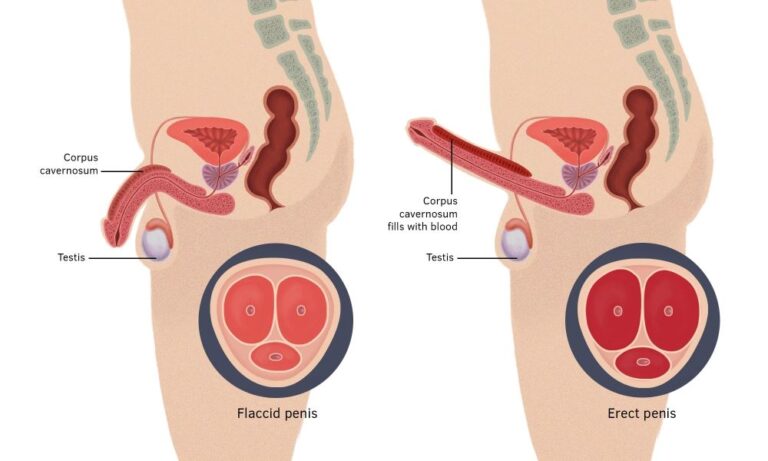
Facet joint syndrome is not a condition you want to have. Unfortunately, many people in Eugene, Oregon, are suffering from it. It can make life miserable by causing chronic back pain, neck pain, and headaches. Fortunately, some treatments can help reduce the symptoms of facet joint syndrome, including medications and physical therapy exercises. What’s important is finding a Eugene facet joint syndrome specialist. Read on for more information about this type of disorder.
What is a Facet Joint Syndrome?
A facet joint syndrome occurs when the joints in your spine become inflamed. This makes it difficult for them to move, which can cause pain and stiffness throughout your upper back and neck. In some cases, a facet joint syndrome may be caused by injury or arthritis. However, there are times when it has no apparent cause at all.
Symptoms of Facet Joint Syndrome
Most of the time, people with facet joint syndrome experience pain in their upper back, neck, or head. Other common symptoms include;
- Pain that worsens with activity.
- A stinging sensation in the area around your spine
- Headaches
- Problems sleeping
Diagnosing Facet Joint Syndrome
Your doctor may diagnose you with facet joint syndrome if you complain of upper back or neck pain and stiffness. They will usually perform a physical exam, but they may also order imaging tests to confirm their diagnosis. These may include X-rays: These will show your doctor how much bone growth is in the area. Magnetic resonance imaging (MRI): This test provides detailed images of ligaments, muscles, and the surrounding bone.
How is Facet Joint Syndrome Treated?
There are many different ways to treat facet joint syndrome depending on your age, health conditions, the severity of the injury, etc. Your doctor will most likely recommend one or more of the following methods:
Medications
There are many different types of medications that can help reduce the symptoms of facet joint syndrome. These include Nonsteroidal anti-inflammatory drugs (NSAIDs): Pain relievers that help reduce inflammation. Muscle relaxants: These medications help to relieve muscle spasms. Corticosteroids: These are powerful anti-inflammatory drugs often prescribed for short-term relief.
Physical Therapy
Physical therapy is often prescribed to help people with facet joint syndrome. The therapist will design a program of exercises specifically for you that will help stretch and strengthen your neck and upper back muscles. This can help to reduce pain and improve mobility.
Radiofrequency Neurotomy
Radiofrequency neurotomy is a surgical procedure used to treat chronic back pain. It involves using a probe that emits radiofrequency energy to destroy the nerve endings in the facet joints. It can help to reduce inflammation and pain. It’s always a good idea to hold lengthy talks with your specialist on the procedure.
Spinal Cord Stimulation
Spinal cord stimulation is a treatment for chronic pain involving the implantation of a stimulator device. The stimulator sends electrical impulses to the spinal cord, which blocks the pain signals from reaching the brain. This reduces pain and improves mobility.
It is not uncommon to experience chronic back pain, neck pain, or headaches. Facet joint syndrome can make life miserable by causing these symptoms, and it may be caused by injury, arthritis, or no apparent cause at all. There are treatments for facet joint synostosis, such as medications and physical therapy exercises, that have been proven effective in reducing the severity of this disorder. What you need is to find a competent facet joint syndrome specialist.






